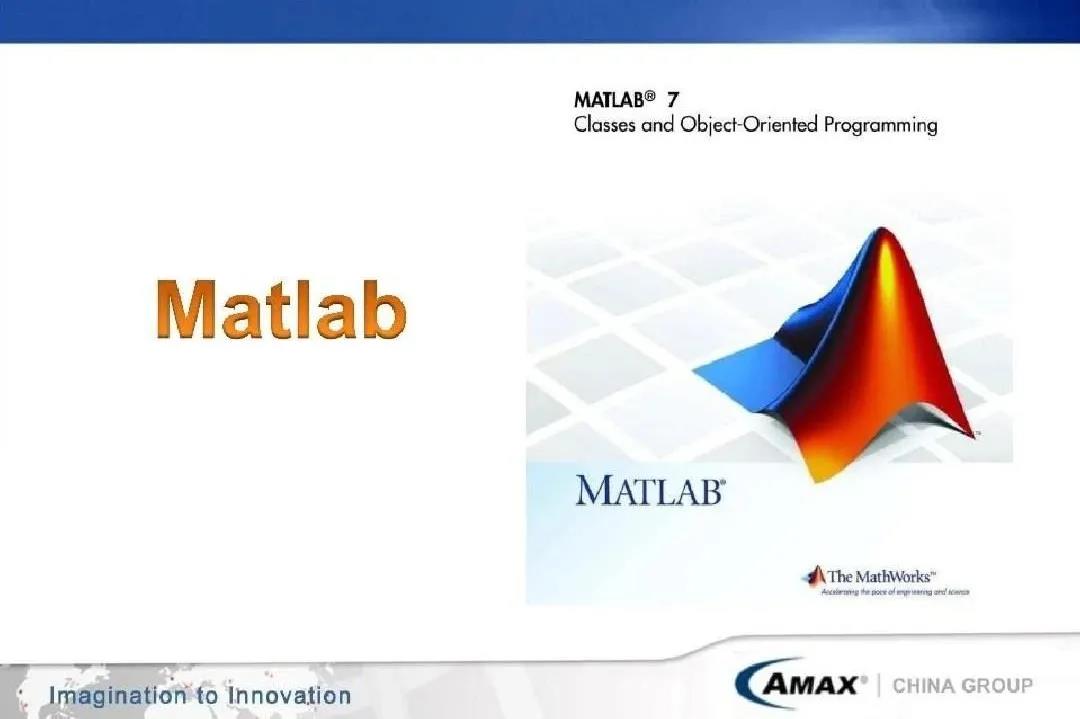Sino US technological competition, the battle of "containment" and "breakthrough"
Sino US technological competition, the battle of "containment" and "breakthrough"
Source: Oriental Finance Magazine
The competition between China and the United States is becoming increasingly fierce. On the one hand, the United States restricts the spillover effects of American technology on China through the Endless Frontier Act, and on the other hand, strengthens government investment in research and development ($250 billion) through the American Innovation and Competition Act. The curtain of a new round of technological competition between China and the United States has already begun.
The focus of this bill is to establish a new organization under NSF - the Technology and Innovation Council, which functions similarly to DARPA and has a five-year cycle. The federal government will allocate no less than $100 billion to support basic research and commercial applications related to US geopolitical strategy. The first allocation has designated ten core areas, including artificial intelligence, machine learning, quantum computing, biotechnology, advanced communication technology, etc.

The background for the establishment of DARPA in 1958 was the successful launch of the first artificial satellite Sputnik by the Soviet Union in 1957, while the background for the establishment of DTI was China's challenge to the United States in areas such as artificial intelligence, 5G, and energy. From a trend perspective, the competition between China and the United States in the field of technology, as well as the suppression of China by the United States, has not yet reached its most intense stage. The "US Strategy towards China" released by the US Department of Defense clearly states that China's military development threatens the national security interests of the United States and its allies, and poses complex challenges to global commerce and supply chains. China's military civilian integration strategy enables the People's Liberation Army to enter and acquire advanced technologies from civilian entities without restrictions, including state-owned and private companies, universities, and research projects. So, in the entity list established in the United States, in addition to commercial enterprises, scientific research institutions are also included.

Military civilian integration is a major concern in the 2019 annual report of the US China Economic and Security Review Commission (USCC), with its core technologies being artificial intelligence (industrial robots), new materials (nanotechnology), and new energy (nuclear energy). It is believed that China's development in these areas may threaten the United States' voice in related fields, thereby harming its national and commercial interests. The United States has noticed that China's military civilian integration strategy is a nationwide mobilization, with government policy support covering a wide range, even including venture capital funds. Industrial policies will accelerate the diffusion of technology, which will harm the interests of the United States. Of particular concern to the United States is the application of some original technologies in the field of military civilian integration.
So, it should not be surprising to see that the United States prohibits universities such as Harbin Institute of Technology from using Matlab software. In modern manufacturing, without the support of industrial basic software, it is difficult to move forward, and these are basically in the hands of Western countries. The competition in the manufacturing industry in the 21st century will be more reflected in the competition of software and algorithms. In the development cost of a new car model, program development accounts for a very high proportion, and the programming tasks for automobiles are even more than those for Boeing airplanes. Taking 3D printing technology as an example again, it is based on computer technology. The workflow is to precipitate multiple thin layers of materials in sequence, and then solidify them with the help of heating, liquid bonding, lamination or laser sintering, and then print objects of specific shapes. It is considered a very promising industrial technology, which can to some extent make up for the shortage of unskilled labor and weaken the advantage of low labor costs. Generally speaking, before printing, it is necessary to complete the design through software and then input it into a 3D printer for printing.

USCC defines some Chinese technology companies as "AI national teams", each of which is at the forefront of the world in the fields of autonomous driving, cloud computing and smart city infrastructure, medical diagnosis, speech recognition and intelligent vision. AI is an important technology for China to surpass the United States in the military field. So, AI is a battleground between China and the United States. Metamaterials (artificial composite materials), electronic materials, biomaterials, graphene, and nanotechnology in new materials, as well as nuclear energy in the field of new energy, are all of great concern to the United States. All Chinese companies involved in them may face sanctions from the United States.
Technological innovation is the key to the US containment strategy, and it is also the key to whether China can break through. Technological innovation is a process from basic scientific research to innovative development, and then to market diffusion. Seeking technological leadership requires not only a complete industrial foundation and research and development expenditures, but also solid basic education and a scientific research system that emphasizes basic scientific research, a financial market that conforms to the laws of industrial development (including venture capital and capital markets), and a social system with a certain degree of tolerance. Strategic adjustments at the national level cannot be led by a single politician.
In the over a year since Biden took office, the United States has undergone earth shattering changes. The support for the big government, as well as the support for the government to play a more active role in fields such as scientific research and social security, are all on the rise. This has been proven in various social surveys. This trend was reflected during the pandemic and ultimately led to Biden's victory.
 However, this is a process of qualitative change caused by quantitative changes. In the 1970s, the United States began to experience a "double deficit" situation of manufacturing outflow, trade deficit, and fiscal deficit, which continued to expand. Since the 1980s, the wealth gap has been intensifying, which is closely related to the hollowing out of manufacturing industry under globalization, as well as the rise of domestic information technology revolution and new economic models. Under the dominance of neoliberal ideology, all of this is considered to be in line with the principles of economic rationality. From the Hamilton tradition established since the founding of the United States, nearly half a century of practice is a departure from tradition. Turning Huawei away and imposing sanctions on it is essentially a trade protection act in the name of national security, and a return to Hamilton's "infant industry theory", because 5G is one of the few leading technologies China has achieved in the field of industrial infrastructure. The two parties in the United States have a high consensus on foreign policy. The difference between Biden and Trump is that in Biden's three-step strategy, domestic issues are given top priority, followed by international multilateralism, and then bilateral relations between China and the United States. The current focus is still on domestic infrastructure plans and the reconstruction plan of the International League of Democratic States. Bilateral issues between China and the United States are still being sorted out, and there should be documents released soon.
However, this is a process of qualitative change caused by quantitative changes. In the 1970s, the United States began to experience a "double deficit" situation of manufacturing outflow, trade deficit, and fiscal deficit, which continued to expand. Since the 1980s, the wealth gap has been intensifying, which is closely related to the hollowing out of manufacturing industry under globalization, as well as the rise of domestic information technology revolution and new economic models. Under the dominance of neoliberal ideology, all of this is considered to be in line with the principles of economic rationality. From the Hamilton tradition established since the founding of the United States, nearly half a century of practice is a departure from tradition. Turning Huawei away and imposing sanctions on it is essentially a trade protection act in the name of national security, and a return to Hamilton's "infant industry theory", because 5G is one of the few leading technologies China has achieved in the field of industrial infrastructure. The two parties in the United States have a high consensus on foreign policy. The difference between Biden and Trump is that in Biden's three-step strategy, domestic issues are given top priority, followed by international multilateralism, and then bilateral relations between China and the United States. The current focus is still on domestic infrastructure plans and the reconstruction plan of the International League of Democratic States. Bilateral issues between China and the United States are still being sorted out, and there should be documents released soon.
For China, while international challenges cannot be ignored, the more important issues still come from within. With the emergence of the Lewis turning point and the arrival of an aging society, China's labor advantage is diminishing. Whether it is to escape the "middle-income trap" now or to avoid falling into the "high-income trap" in the future, it is essential to use basic research and development as leverage to create a sound national innovation system (including financial markets). The game between China and the United States is one of "decoupling and breakthrough". Only by gaining more discourse power in basic innovation in the new wave of technological innovation can China break through.